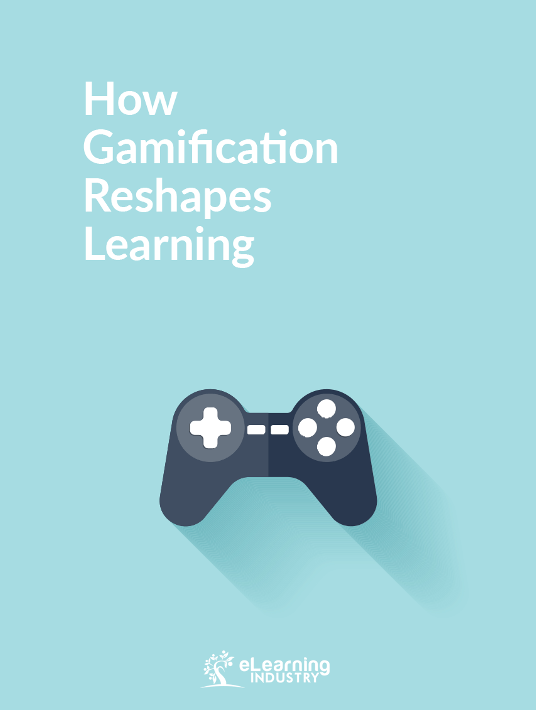Gamification is most effective as part of a long-term business strategy. It’s not a one-off event (such as a game); rather, it’s applying game mechanics (like motivation, rewards, recognition) to business challenges. Gamification is most effective to affect behavior change or to increase specific skills.
For example, last year I designed a gamification platform for an insurance call center where the business challenge was customer retention, the goal was one-call resolution, and the desired behavior changes were to have call center agents stop putting customers on hold, stop transferring calls, and strategically question and actively listen to customers. (Surveys showed hold times and transfers were the top hot buttons for customers.) Agents were split into teams, and team members earned points for each time they did not transfer a call or place a customer on hold. Double points were given if a customer complaint was resolved with one call.
The company used data to track the performance of each agent and a leaderboard was automatically updated daily. Teams received “super powers” attached to each level they achieved on the leaderboard. One super power was “Super Speed”, where they could go right to the front of any line (such as the cafeteria line). Another was “Force Field,” where winners could park in the executive-only, temperature-controlled underground garage. (This was a coveted power in both the cold winter months and the hot summer months!) The top super power was “Invisibility” – which was a day off with pay for the ultimate top performers.
For agents who found themselves on the bottom of the leaderboard, the platform would automatically populate short, two-minute “Power Boosters” (video eLearning modules), which gave tips on strategic questioning and listening skills to help agents better identify and solve customer issues on one call.
Three months after the gamification project was implemented, call hold times decreased by 17%; transfers were reduced by 52%, and customer retention increased 31% over pre-gamification levels.


